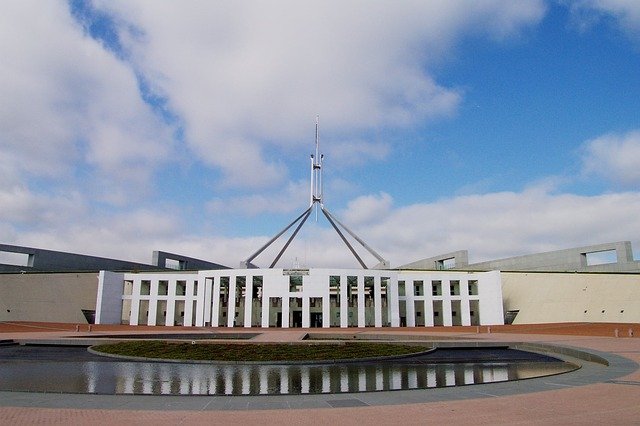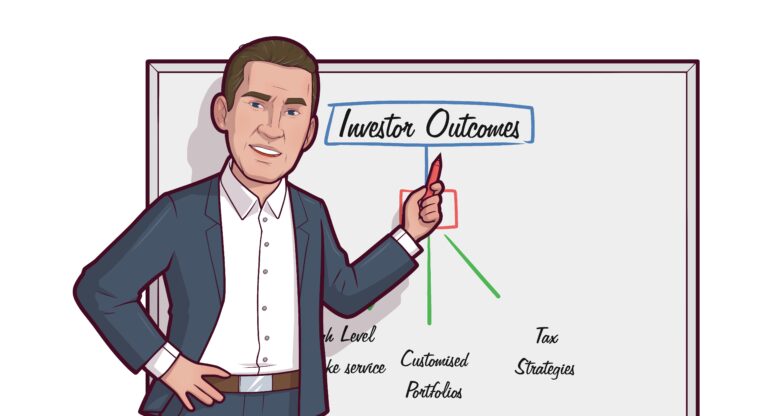
SUPERANNUATION
Repealing the work test. It used to be that contributions after age 65 required a person to be ‘gainfully employed’ which meant doing at least 40 hours work in a 30 day period during a financial year. The government was pussyfooting around with the legislation to align that with the new ‘retirement age’ of 67, but they have now proposed in the budget that the work test is to be scrapped, and contributions can be freely made up to age 74. (IE; prior to turning 75).
When? Starting from 1 July 2022.
Low Incomes. In the old world, if your gross pre-tax salary was less than $450 per month, your employer could opt-out of paying you the Superannuation Guarantee payments. From 1 July 2021 any employment salary paid will attract the SG contribution, which incidentally, rises to 10% of salary from 1 July 2021, and increases by half a percent per annum until 2025 when it will hit 12% of employee salary.
Downsizer Contributions. We saw this one introduced a few years back, allowing those over 65 to contribute up to $300,000 into super from the proceeds of the sale of a principal place of residence that had been owned for longer than 10 years. The age threshold will be reduced to 60. An un-intended consequence of this is that it also enhances our options to convert super that might otherwise be taxed in your estate into a tax free bequest. Talk to us when selling a home to see if there is some opportunity for you.
When? Starting from 1 July 2022
Defined Benefit Pension conversions. Not big on most people’s radar but with the introduction of the $1,600,000 Pension Transfer Balance Cap introduced from 1 July 2017, the rules for Flexi Pensions and Term Allocated Pensions changed significantly. These pensions had previously been useful for either Centrelink purposes, or navigating the Reasonable Benefits Limits (RBL’s) prior to 2007.
A two-year period will be provided for conversion of market-linked, life-expectancy and lifetime pension and annuity products. Importantly, it will not be compulsory for individuals to take part. There is also a provision to transfer previously stranded reserves.
When? The two year period commences in the first financial year after Royal Assent of the regulations that allow the change.
First Home Super Saver Scheme. No, you can’t just pull money out of your super to buy a first home! That question has already been asked, thanks to journalists that report on this stuff without first explaining that you have to first put in additional voluntary contributions to be eligible to EVENTUALLY make a super withdrawal. The scheme was started with the 2017/18 budget, as a political response to the problem of housing affordability in the cities. At the time I wrote up the scheme and did detailed calculations which showed only a small tax advantage, at the cost of a lot of complexity.
The maximum that could be concessionally contributed in this way was still limited by annual concessional contributions caps, and was capped at a maximum aggregate contribution figure of $30,000. That cap has been increased to $50,000. For more on how it works, here is the ATO link FHSSS
RETIREES
Pension Loans Scheme. The existing Pension Loans Scheme has enabled persons on the Age Pension, and Self Funded Retirees to access a reverse mortgage scheme operated by the Department of Social Security. This scheme has allowed a fortnightly drawdown of equity, up to certain limits that are linked to Age Pension thresholds. The variation announced in the 21/22 budget will enable Lump Sums to also be drawn up to twice per year. In addition, the government is promising a ‘no negative equity’ guarantee. That means that when you die, the maximum amount your estate can be liable for is the value of the house, and no more. This would ensure that remaining superannuation, bank accounts and personal assets could still be passed on to beneficiaries even if the debt (which accrues interest at 4.5% presently) was more than the value of the house.
When? Starting from 1 July 2022.
Aged Care. There is $6.5 billion promised over four years to release 80,000 additional home care packages over two years from 2021-22. This is about a 27% increase on the total number of home care packages which should reach 275,598 recipients by June 2023. Another $798.3 million is earmarked for greater access to respite care services and payments to support carers. Recognising the difficulty in navigating the aged care system, there is also $272.5 million promised over four years to support senior Australians to access information about aged care and connect to services through the introduction of dedicated face-to-face services.
PERSONAL AND BUSINESS TAXATION
Supporting the Middle. The previous Low and Middle Income Tax Offset which provided up to $1,080 of tax offsets to those on incomes at $90,000 phasing down to zero at $126,000. At or below $37,000 of income the LMITO gives you a tax credit of $255, increasing at 7.5 cents per dollar up to $90,000 and then phases out at the rate of 3 cents for every dollar over $90,000.
The tax offset has been extended for another year.
Business Tax Breaks. The government has extended the temporary full expensing of any depreciable capital assets purchased for businesses. This is predicated on your turnover being below $5 billion. The measure which came in during last year’s budget will be extended until 30 June 2023.
Refunding prior year corporate tax paid. The old loss ‘carry-back scheme’ is to be extended by one year. This will allow eligible companies with an aggregated annual turnover of up to $5 billion to use current losses (up to the 2022-23 income year) to offset previously taxed profits back to the 2018/19 tax year. Let’s say a company made a $1,000,000 pretax profit in 2018/19. It would have paid out $275,000 in company tax by May 2020. The company, if it buys a $1,000,000 piece of machinery, (being eligible for a full tax deduction), and assuming a breakeven operating profit, could potentially be claiming back that $275,000 company tax paid in respect of the FY2019 year.
Show me the MONEY!
What is it all costing? Well, as with any ‘shell game’ it is always a bit hard to know. The underlying cash deficit in 2021‑22 is forecast to be $106.6 billion (5.0 per cent of GDP). Gross debt is currently at $829 billion and is expected to rise to $1200 billion by July 2025. That is equal to 50 per cent of GDP. Just for a bit of perspective, there are about 13,077,000 individuals in gainful employment in Australia presently. Our projected debt, at 1.2 trillion dollars is $91,764 for every working Australian. That’s up from $63,393 currently, so assuming the population doesn’t grow, this budget is costing working Australians $28,371 in total over four years, so call it $7,000 per annum. There’s something you didn’t read in the mainstream press.
There are many other budget points that may be relevant to you, so please reach out to us with any additional points you would like to discuss.


Hi has the allowed funds in Super i.e. $1.6m each been indexed I believe it has now risen to $1.7m each?
Yes, the Transfer Balance Cap increase to $1,700,000 from 1 July was already a done deal before the Budget. However if pensions have previously been fully funded up to the original $1,600,000 cap, the increase to $1,700,000 doesn’t actually allow for any further contributions into pension phase. If you had previously only used $1,500,000 and had $100,000 of spare capacity under the old caps, the indexing of $100,000 on the cap, means that the total allowed has only increased by 6.25% ($100,000/$1,600,000) so now your original $100,000 of spare capacity becomes $106,250 that can be added to a pension phase account. Its complicated.
I appreciate this update. It simplifies and making an otherwise dry subject quite easy too mentally digest.
Just the facts, a quick read and answers all the ‘but what’s in it for me’ concerns people have.
Love it …